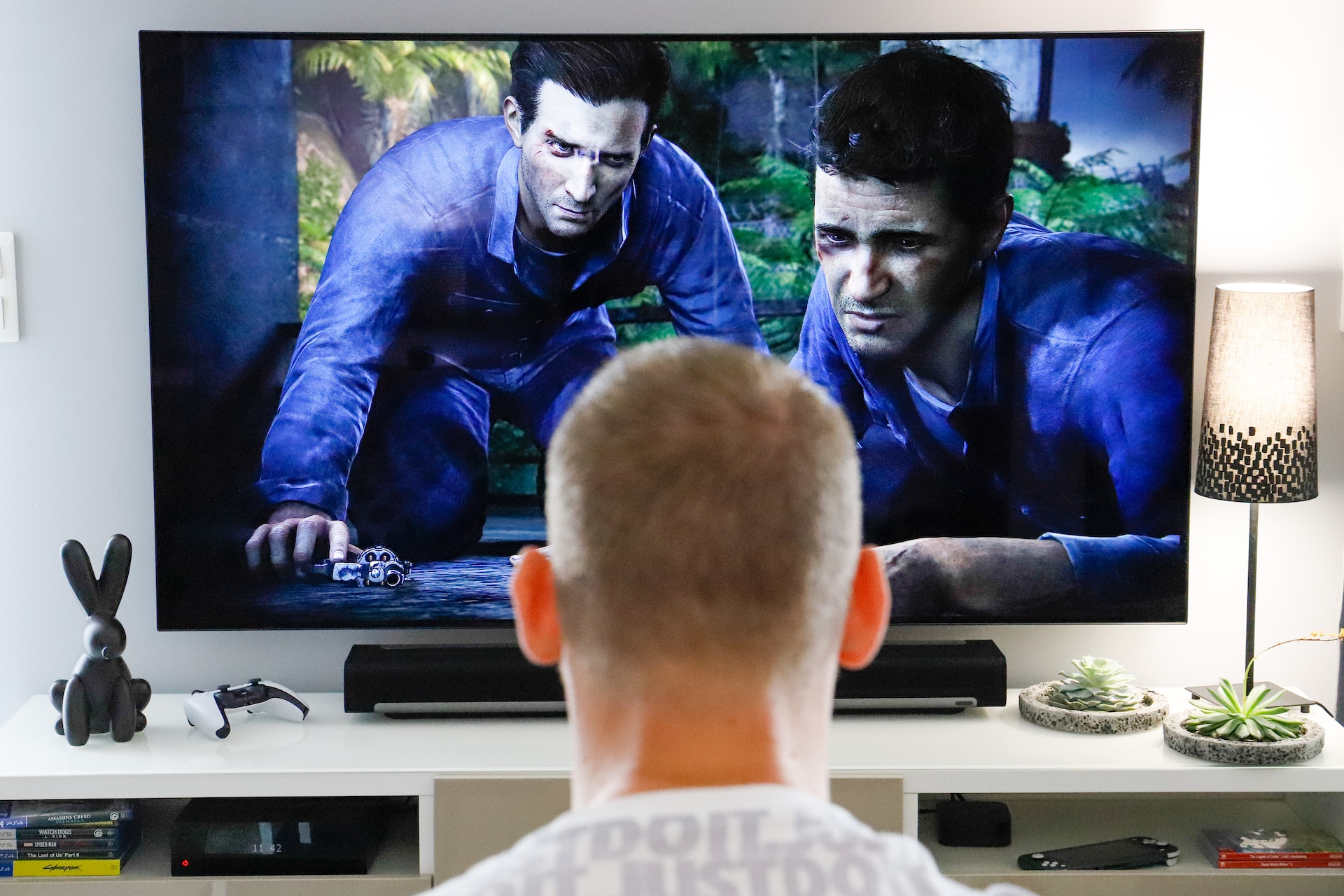Cable television is an industry and technology that has outgrown its historical name. Modern “cable television” networks are used to provide a wide range of services, including analogue and digital video, digital audio, high-speed data and telephony.
The main distinguishing characteristics of cable television networks are that they involve broadband (typically 0.5-1 GHz total bandwidth), highly linear distribution systems designed to carry many modulated radio frequency (RF) signals with a minimum amount of mutual interference between a central point and many customers, where the signals are delivered via coaxial cables to and from the end equipment. Due to these characteristics, networks are service independent to the extent that they will carry any information that can be modulated on a compatible RF carrier. Modern cable television networks are almost always two-way, make extensive use of optical fiber, and are segmented to allow simultaneous reuse of frequencies in different areas of the network.
Historically, the cable television business has been based solely on the delivery of television programming, and in this respect it has been very successful. As of 1999, nearly 97% of U.S. television households had access to cable television service, and approximately 66 million households subscribed to at least the lowest tier of video service, representing nearly 67% of U.S. television households. 1 Over the past few years, these levels have changed slowly.
Because cable television has been so successful and enjoyed such rapid growth and acceptance, it has spawned competitors in video, including pre-recorded media files, direct broadcast satellite (DBS), streaming video over the Internet, as well as interest from the telephone industry. The increased revenue streams from connected households made possible by diverse service offerings have also changed the economics of the industry to the extent that customers in some markets now have a choice between two cable operators that have built parallel distribution networks serving the same homes. According to common cable industry terminology, the company that builds the second network is known as the overbuilder. Overbuilders may offer services as a second cable television franchise operator or as an Open Video System (OVS) operator.
In the world of high-speed data transmission, and in particular Internet access, the services offered by cable TV operators have evolved alongside other wired and wireless options. For home users, Internet access has historically been provided almost exclusively through dial-up modems directly to Internet Service Providers (ISPs). However, many applications run extremely slow at the data transfer speeds that are possible over a standard telephone connection, and this has led cable companies to develop connection services that run 10-100 times faster. In the competition between broadband service providers, cable television has outperformed its competitors by about 2:1, thanks to a telephone technology known as digital subscriber line.
In offering voice telephone services, it is the cable operator that is the main developer, as residential telephone service was available to virtually every household in the United States before cable television operators entered this market segment. When telephone services are offered by cable television operators, the telephone services are regulated by the same agencies that regulate incumbent telephone companies, resulting in very different regulatory authorities for services that share the same physical network.
The proposed cable telephony has at least two technical versions and two product classifications. Initially, telephone offerings used special signal processing equipment that was carefully designed to meet the high expectations for reliability of this service.
Regardless of how signals are technically processed, cable operators can offer a primary line service or only a secondary line service. Primary line service competes directly with the incumbent telephone operator for all residential telephone services, but it requires that the cable network and equipment meet reliability standards in order to be a “rescue” communication channel for customers in the event of an emergency (while not required by regulators, this voluntary requirement is generally defined as a service that is available at least 99.99% of the time). The secondary line service is inferior to the first line in each home to the incumbent, but competes for additional lines. The assumption is that availability need not be so high, which saves the cable operator capital expenditure on upgrades and allows it to offer a lower price.



